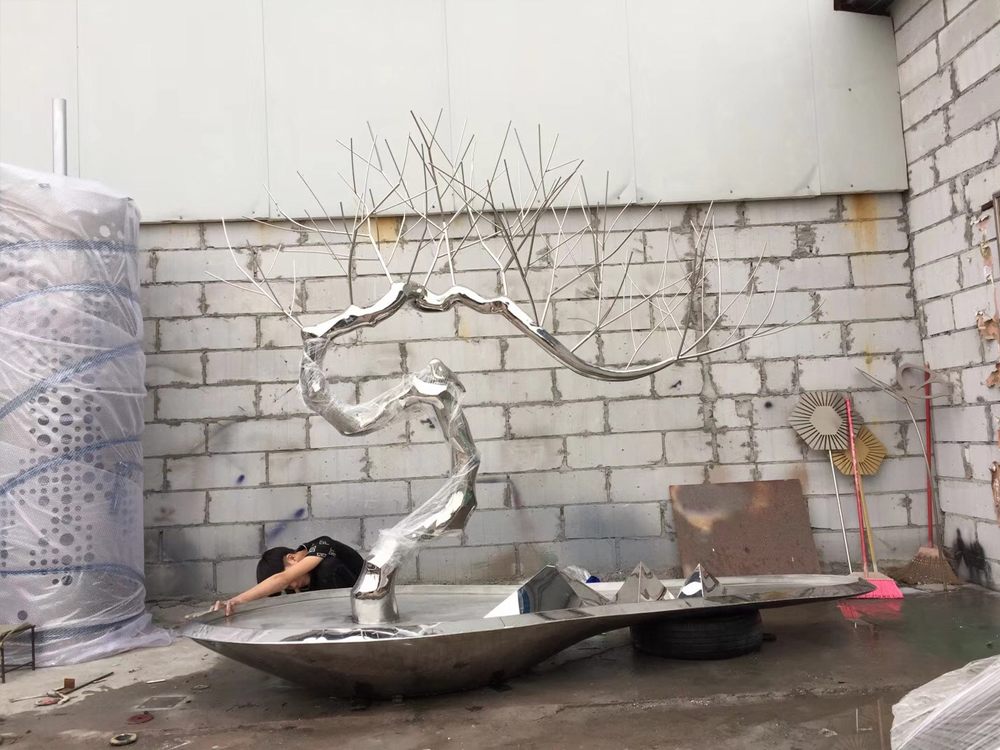
Minimalist stone sculptures captivate audiences through their deceptive simplicity, yet their true power lies in the layered symbolism embedded by skilled sculptors. By stripping away ornamental excess, artists amplify the communicative potential of each deliberate groove and contour.
The process begins with material selection – specific stones like marble or basalt carry inherent cultural meanings. A sculptor might choose volcanic rock to represent resilience or alabaster to evoke purity. The stone’s natural veins and inclusions often become intentional elements of the narrative.
Reduction techniques transform these materials. Rather than adding decorative elements, artists subtract stone to reveal essential forms. A single curved plane might simultaneously suggest a wave, a wing, and the passage of time. Polish contrasts with rough textures to create visual metaphors – the interplay between human refinement and natural forces.
Geometric abstraction serves as a potent symbolic language. Perfect spheres represent wholeness, jagged angles convey conflict, and negative spaces become as meaningful as the solid forms. Contemporary practitioners often incorporate mathematical ratios (like the golden section) to silently communicate harmony.
Cultural symbols appear in distilled forms. A barely-suggested spiral might reference Celtic eternity, while a minimalist arch could evoke both Roman engineering and spiritual gateways. The viewer’s interpretation becomes part of the artwork’s meaning, making each interaction unique.
Modern masters like Isamu Noguchi demonstrated how a single stone’s balance could symbolize cosmic equilibrium, while Barbara Hepworth’s pierced forms transformed solid rock into representations of connection. Their legacy shows that in skilled hands, even the most austere stone work can whisper profound truths.

